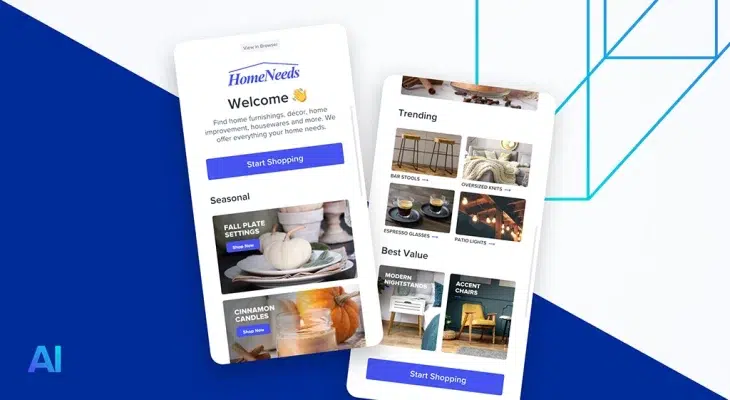Wouldn’t it be amazing if your brand was the only shop on the block? A place where customers instantly recognized it as the best and knew you had exactly what they wanted? That’s the dream, right?
But let’s face it: today, your business is just one in a huge crowd, all fighting for attention online and offline. As an e-commerce and retail marketer, you know just looking good isn’t enough to cut through the noise. You’ve gotta really connect with your customers and actually get what makes them tick – their likes, dislikes, how they shop —from their first interaction with your brand to every moment after.
But when customers are new to your brand and you know very little about their preferences and choices, how do you make your mark and deliver a tailored omnichannel experience that sticks? A fantastic way to welcome your new customers to your brand while also driving engagement and sales is through personalized product recommendations.
A recent study from McKinsey revealed that 76% of consumers are more likely to make repeat purchases from retailers that offer personalized experiences. As the customer-brand relationship deepens and you capture more data for each customer, real-time and tailored predictive recommendations should be the gold standard you aim towards. While this might not be feasible early on, you can easily implement effective recommendation strategies within your omnichannel Welcome Series — here’s how




